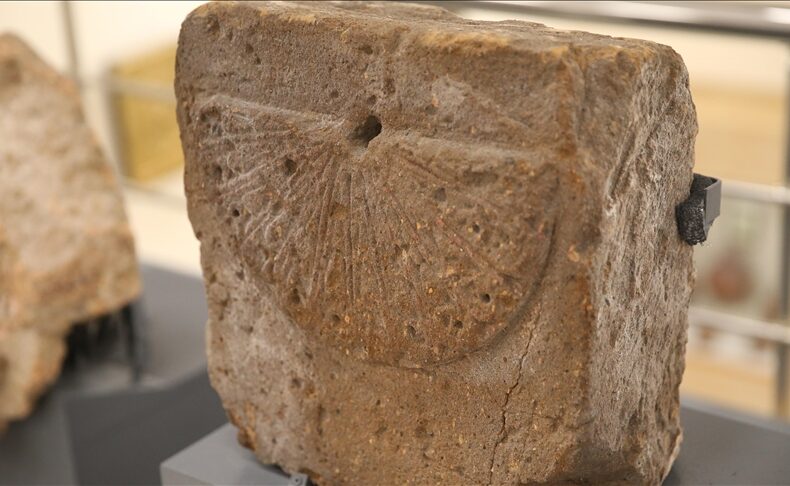
1,000-Year-Old Sundial Found in Ani Ancient City Goes on Public Display in Türkiye
A remarkable 1,000-year-old sundial, recently unearthed in the ancient city of Ani—located near Türkiye’s eastern border with Armenia—has been unveiled to the public for the first time. This rare medieval timekeeping instrument was discovered during archaeological excavations at a historic bath complex within the site and is now being exhibited at the Kars Museum.
Ani, a UNESCO World Heritage Site, holds a unique place in the cultural landscape of Anatolia. Once a thriving metropolis that hosted 23 different civilizations, the city spans over 85 hectares and is home to architectural remnants including mosques, cathedrals, palaces, and monasteries. Known historically as a key gateway from the Caucasus into Anatolia, Ani offers a rich blend of religious, political, and scientific heritage.
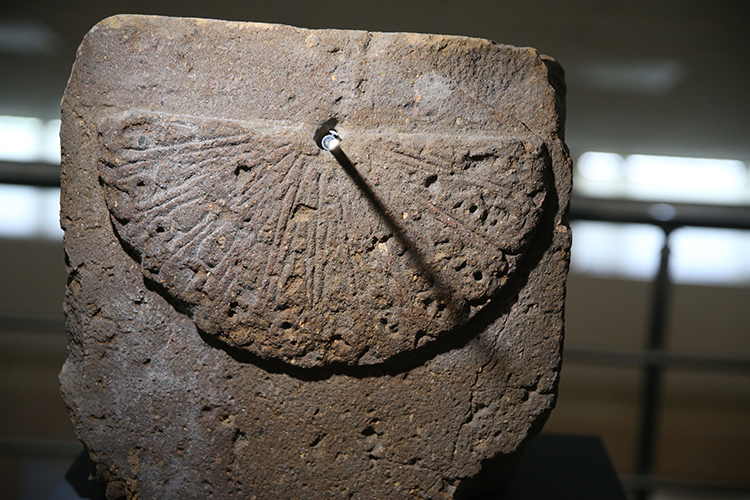
The sundial, carved in a semi-circular form with twelve marked segments, features a central metal rod used to cast shadows and indicate time based on the sun’s position. Hakim Aslan, Acting Director of the Kars Museum of Archaeology and Ethnography, noted that while sundials were well-developed in the Hellenistic and Roman periods, their use in the medieval era was relatively limited.
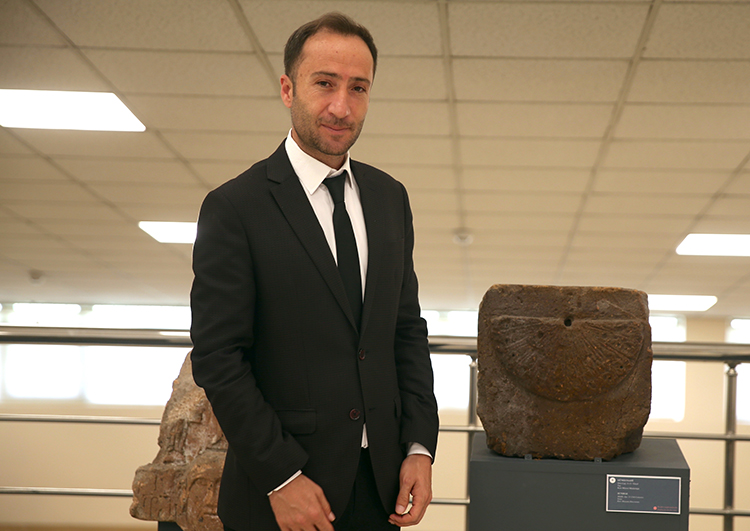
“This particular artifact gives us valuable insight into scientific knowledge in medieval Anatolia,” Aslan stated. “It’s a rare surviving example of timekeeping technology that has been buried for centuries.”
📣 Our WhatsApp channel is now LIVE! Stay up-to-date with the latest news and updates, just click here to follow us on WhatsApp and never miss a thing!!
The sundial’s inclusion in the Ministry of Culture and Tourism’s “100+2 Periodic Museum Exhibitions Project” ensures broader public access and academic engagement. It is currently one of the most visited items on display at the museum.
Ongoing excavations at Ani continue to shed light on the intellectual and material culture of the region, revealing that this historic frontier city was not only a center of power and faith but also of knowledge and innovation.
Cover Photo: Cüneyt Çelik/AA
You may also like
- A 1700-year-old statue of Pan unearthed during the excavations at Polyeuktos in İstanbul
- The granary was found in the ancient city of Sebaste, founded by the first Roman emperor Augustus
- Donalar Kale Kapı Rock Tomb or Donalar Rock Tomb
- Theater emerges as works continue in ancient city of Perinthos
- Urartian King Argishti’s bronze shield revealed the name of an unknown country
- The religious center of Lycia, the ancient city of Letoon
- Who were the Luwians?
- A new study brings a fresh perspective on the Anatolian origin of the Indo-European languages
- Perhaps the oldest thermal treatment center in the world, which has been in continuous use for 2000 years -Basilica Therma Roman Bath or King’s Daughter-
- The largest synagogue of the ancient world, located in the ancient city of Sardis, is being restored

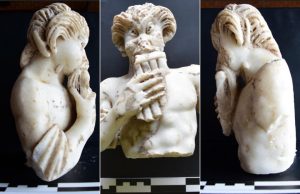
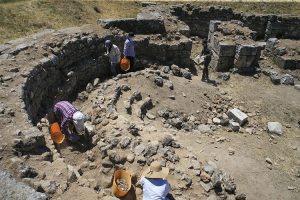
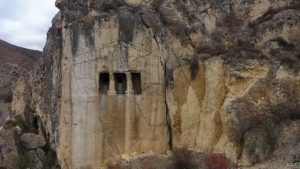
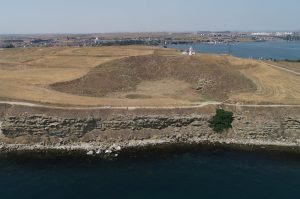
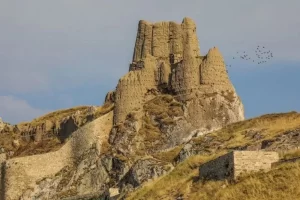
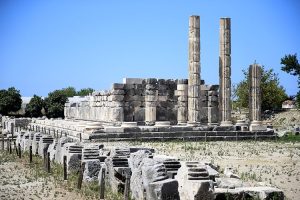


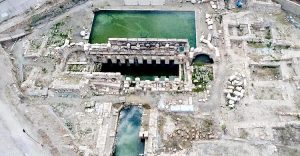
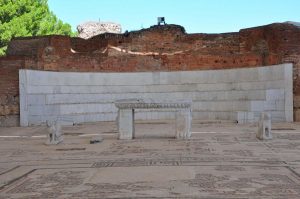
Leave a Reply